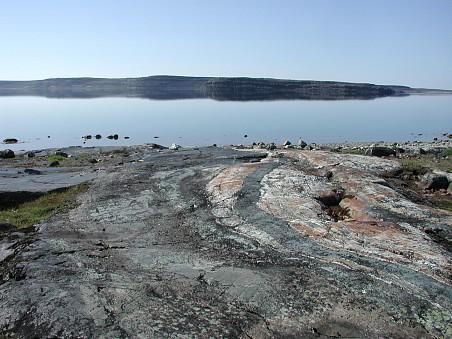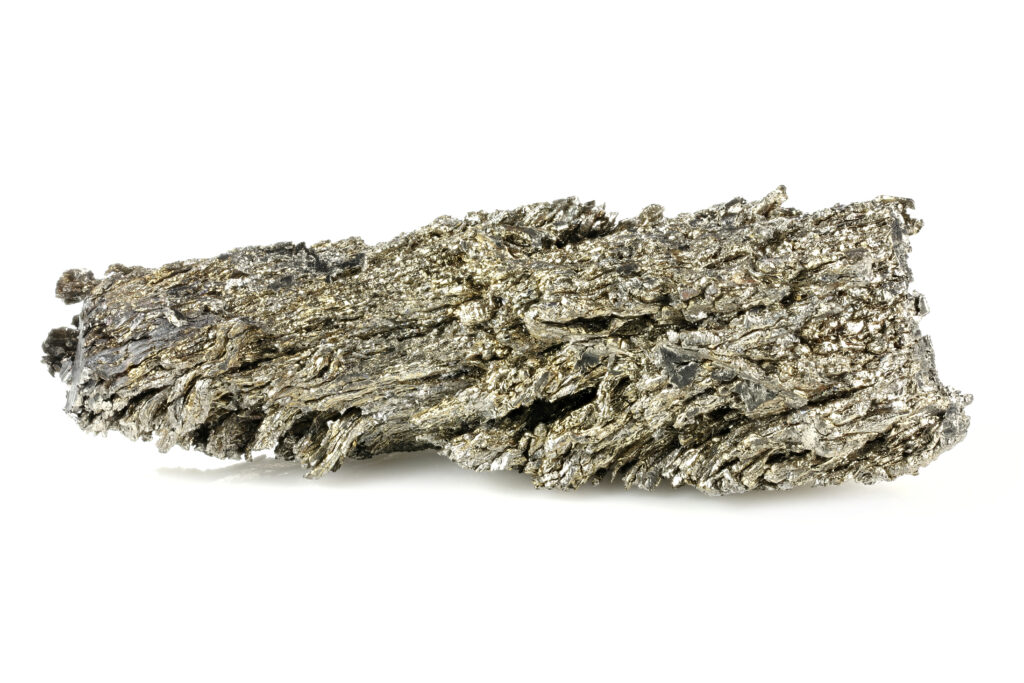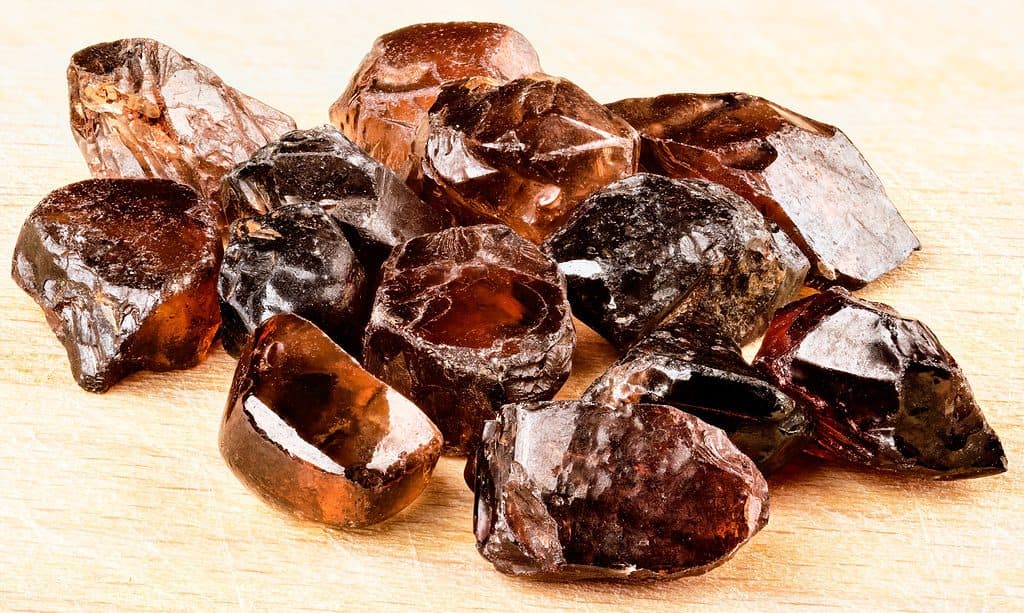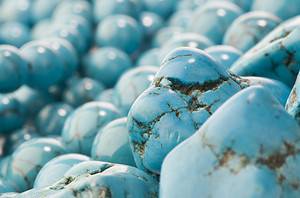Since Earth was created about 4.6 billion years ago, the most primitive rocks on Earth have been destroyed long ago. What remains in the oldest extant areas are thinly layered formations composed of the remnants of Earth’s most ancient rocks. The original rocks created during the Earth’s formation have been recycled into the planet’s core via plate tectonics. What are 8 facts about the oldest rock on Earth?
What is the Oldest Rock on Earth?

Rocks of the Nuvvuagittuq Greenstone Belt in Canada.
©NASA/Wikimedia Commons – License
The oldest known rock source on Earth is called the Nuvvuagittuq Greenstone Belt, and it is located along Hudson Bay in Canada. It forms some of the bedrock on the bay’s coast in Quebec. It may be around 4.2 billion years old. Scientists intensely study it because it’s some of the last geological remains from the earliest period of the Earth’s development.
8 Facts About the Oldest Rock on Earth
These are 8 facts about the oldest rock on Earth:
- The oldest rock on Earth is a volcanic rock.
- The oldest rock on Earth was repeatedly folded.
- Metamorphic rock named “faux amphibolite” makes up the oldest rock.
- Earth’s Hadean Period produced the oldest rock on Earth.
- The scarce elements neodymium and samarium are in the oldest rock.
- There may be fossilized life in the oldest rock.
- Nuvvuaguttuq Greenbelt Rock doesn’t contain the oldest mineral.
- The oldest rock piece ever discovered on Earth is extraterrestrial.
1. The Oldest Rock on Earth Is Volcanic Rock

Greenstone belts are zones of metamorphosed volcanic rock. Many of them contain pillow lava (pictured).
©Waruto Sama Studio/Shutterstock.com
Volcanoes form along the edges of colliding tectonic plates. Plate tectonics is unique to Earth. No other body in the solar system has the same dynamism that takes place on the Earth’s surface.
The way plate tectonics function causes the Earth’s crust to be recycled into the core. Unfortunately, this means that the Earth’s geological history has been destroyed since most of it is subducted into the planet’s interior. In addition, because the Earth continually recycles its rock, it’s harder to study impact events and older formations since they don’t survive the test of time.
Despite this, scientists know that the oldest rocks on Earth formed volcanically. This means that the contents of the rocks were spewed through a congealing crust instead of being the product of the surface hardening.
2. The Oldest Rock on Earth Was Repeatedly Folded
The oldest rock on Earth at the Nuvvuagittuq Greenstone Belt is layered in sheets of different materials. Some of these sheets aren’t as thick as a piece of paper. This occurred when the original rock was subjected to extremely high temperatures and pressure for an extended period.
3. Metamorphic Rock Named “Faux Amphibolite” Makes Up the Oldest Rock

The oldest rock on Earth is faux amphibolite from the Nuvvuagittuq Greenstone Belt. Pictured is garnet in faux amphibolite.
©James St. John/Wikimedia Commons – License
When the first rock formed on Earth, as the crust cooled around 4.6 billion years ago, it was subjected to high temperatures and pressures after formation. This made the rock malleable.
The molten nature of early Earth right below the forming crust created a volatile environment which caused the rock in the area to fold in on itself. As a result, today, sheets of “faux amphibolite” and iron are seen in the oldest rock fragments.
The rock is called “faux amphibolite” because it looks similar to real amphibolite and was also formed similarly. However, the components of faux amphibolites differ from true amphibolites. For example, the amount of quartz found in both rock types varies significantly.
4. Earth’s Hadean Period Produced the Oldest Rock on Earth
Earth’s Hadean Period denotes the time when Earth first formed about 4.6 billion years ago and ended about 4 billion years ago. It is believed that the rock at the Nuvvuaguttuq site is the only extant rock from this very early period. Since most of the planet was covered by liquid lava for the majority of this time, the rock found at the Nuvvuaguttuq site is exceptionally rare.
The Hadean Period was a period defined by a few key developments. First, the sun became the primary heat source for the planet as the solar system formed. Then, Earth’s magnetic field began to develop. During that time, the moon was also created.
5. The Scarce Elements Neodymium and Samarium Are in the Oldest Rock

Part of the Nuvvuagittuq Greenstone Belt contains samarium.
©Bjoern Wylezich/Shutterstock.com
The elements Neodymium and Samarium are in the oldest rock from the Nuvvuagittuq Greenstone Belt. These specific elements contain isotopes that allowed scientists to date the rock at this location.
Samarium contains isotopes that decay quickly and predictably. This decay transforms samarium into neodymium. By analyzing this transformation, scientists can date the present rocks.
Neodymium is lighter than samarium and is almost always the dominant element present. This is because samarium transforms into neodymium in less than 500 million years.
6. There May Be Fossilized Life in the Oldest Rock
The oldest rock found at the Nuvvuaguttuq site may contain fossilized traces of microorganisms. In addition, there are abnormalities in the rock that may be attributed to the activity of bacteria similar to those found along hydrothermal vents. These abnormalities look like a filament that would have been used to release gasses into the environment.
Further studies substantiated the idea of microorganisms affecting the structure of the oldest rock. However, despite some agreement that the filamentary structures within the rock are a process of biological phenomena, there are a sizeable number of skeptics. Some think that the filaments are created through inorganic processes that mimic the same results if conditions are perfect.
If the filamentary structures in these rocks were formed organically, these fossils would be the oldest signs of life on the planet. Instead, they predate verified evidence by hundreds of millions of years.
Since this means that life existed about 300 million years after the planet’s formation, it suggests that life itself may be extraterrestrial in origin. This means that living organisms arrived on Earth via space debris.
7. Nuvvuaguttuq Greenstone Belt Rock Doesn’t Contain the Oldest Mineral

Zircons found in Australia that date to over 4.3 billion years ago are the oldest minerals found on Earth. They aren’t in the Nuvvuaguttuq Greenstone Belt, though.
©iStock.com/Reimphoto
While the bedrock at the Nuvvuaguttuq site is the oldest whole rock, it doesn’t contain the oldest minerals. Instead, the oldest minerals are zircons found in Australia that date to over 4.3 billion years ago.
These zircons were created in the magma that covered the planet in the Hadean Period. Since they’re almost impossible to destroy once formed, they’ve survived rock metamorphosing and can still be located in situ today.
8. The Oldest Rock Piece Ever Discovered on Earth is Extraterrestrial
While the oldest terrestrial rock created on the Earth is the rock at the Nuvvuaguttuq site, the oldest rock known is from a meteorite. This meteorite was found in the Jack Hills of Australia. It is believed to be about 7 billion years old, which means it predates our solar system.
The photo featured at the top of this post is © critterbiz/Shutterstock.com
Thank you for reading! Have some feedback for us? Contact the AZ Animals editorial team.






